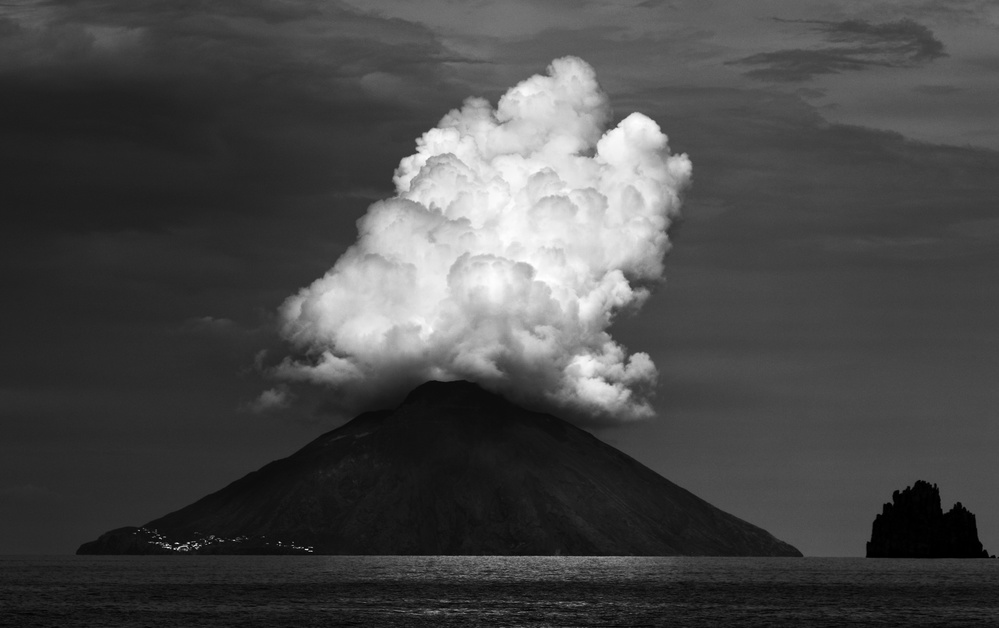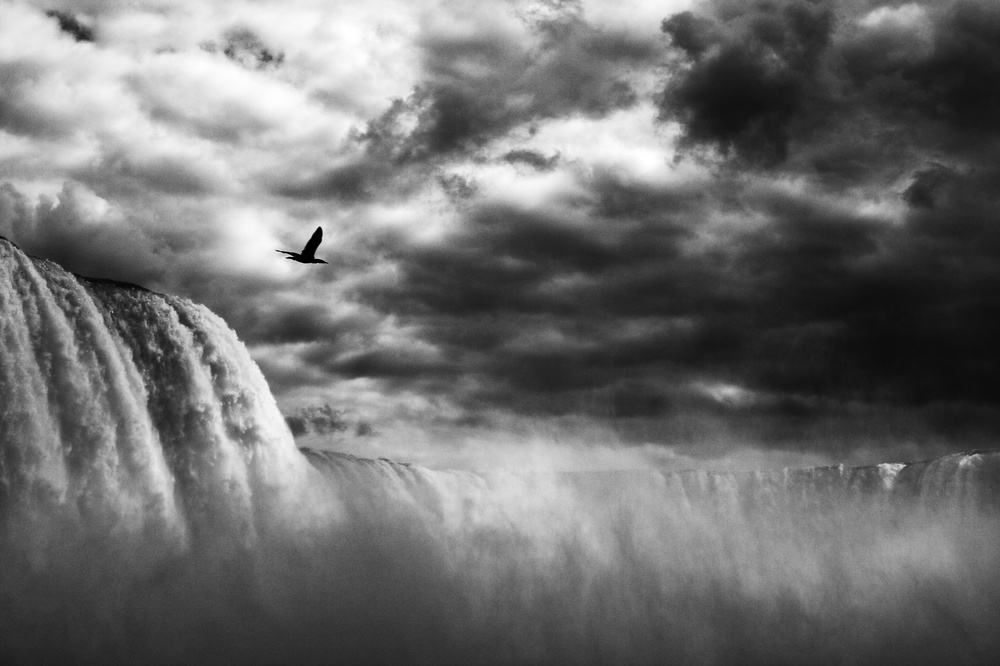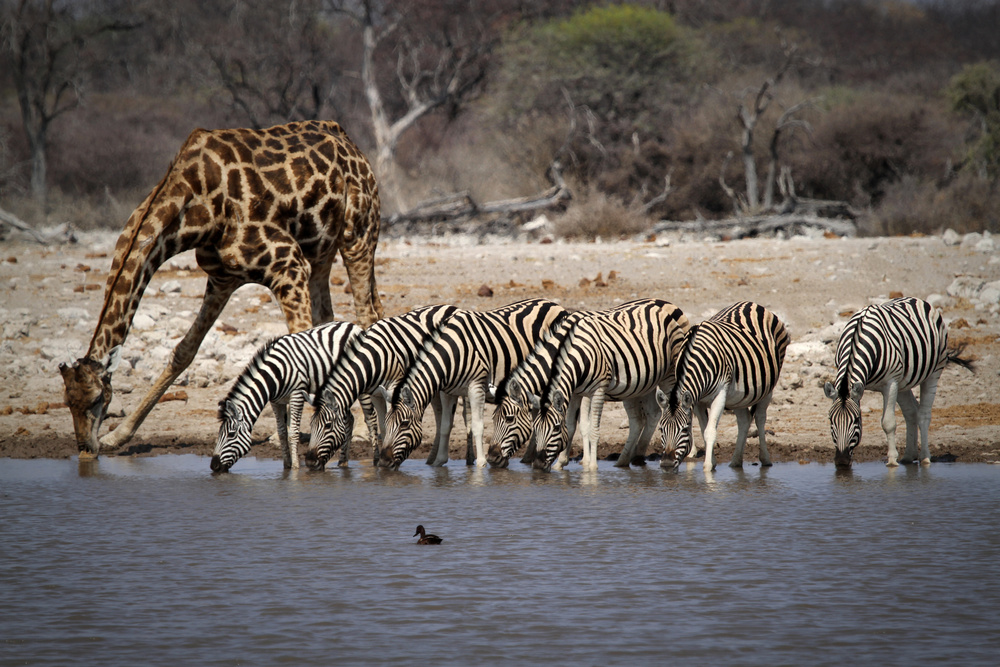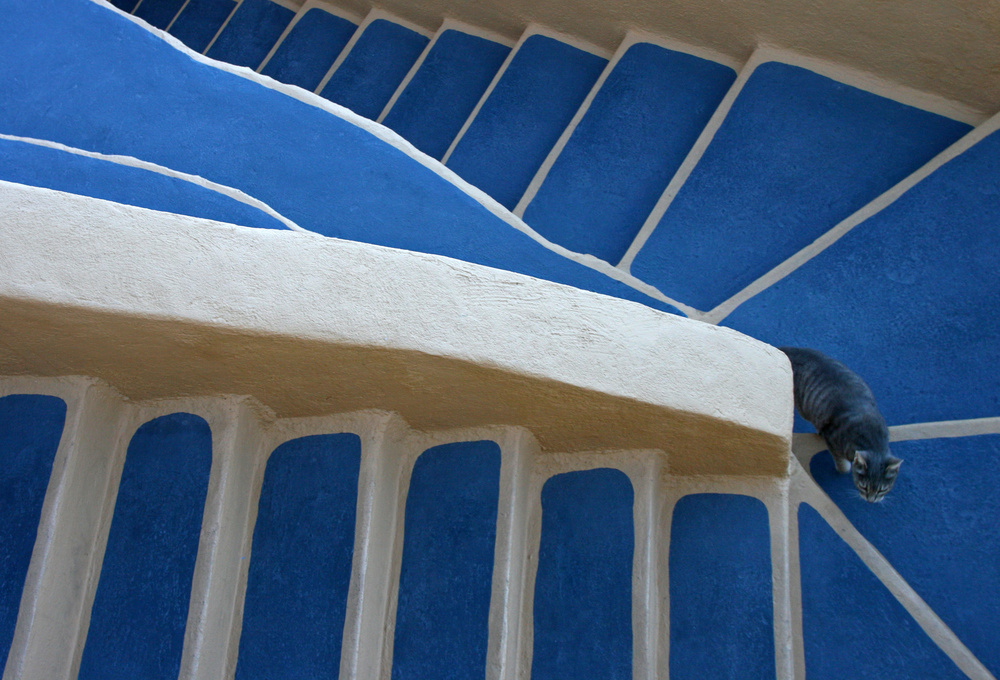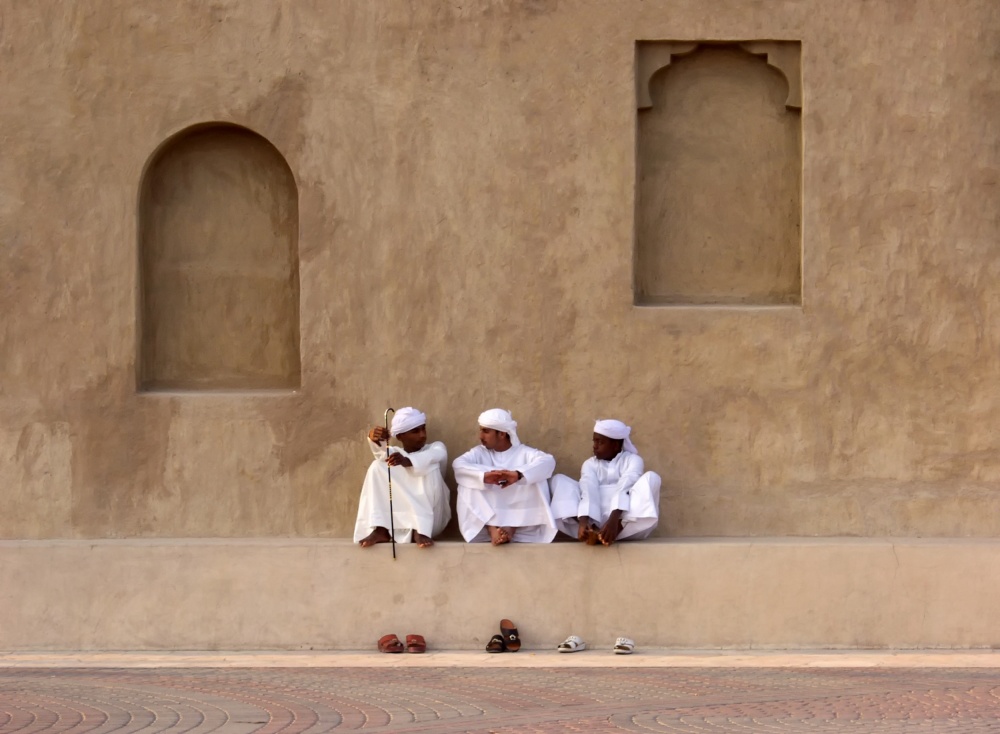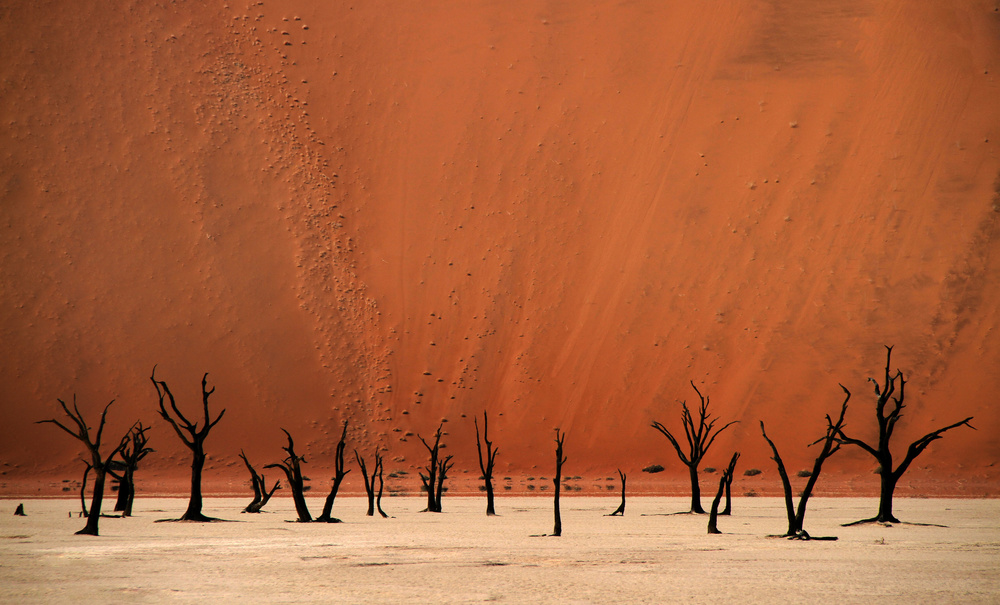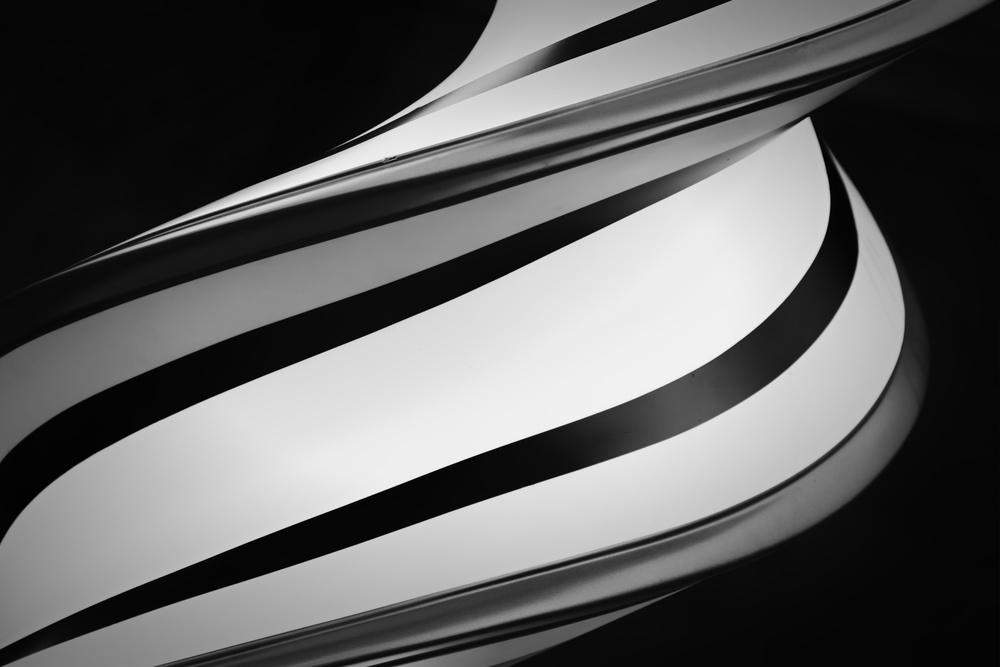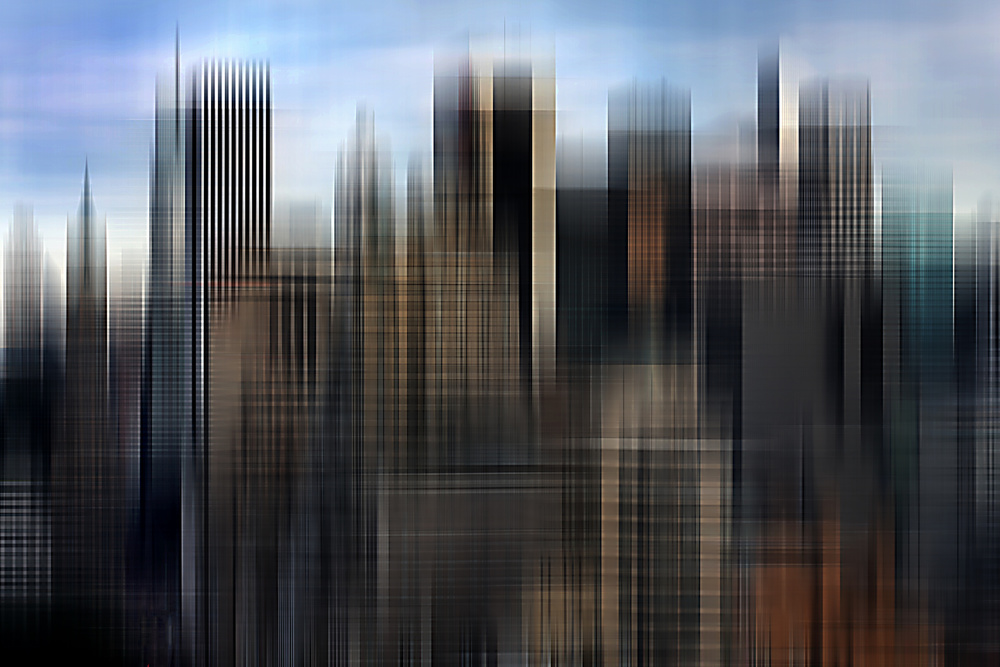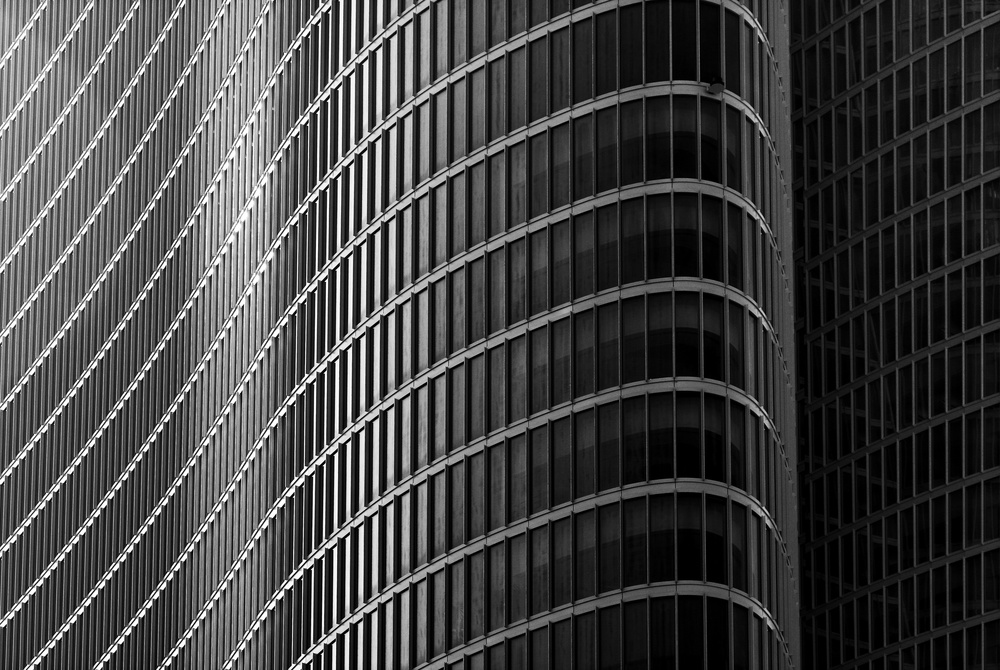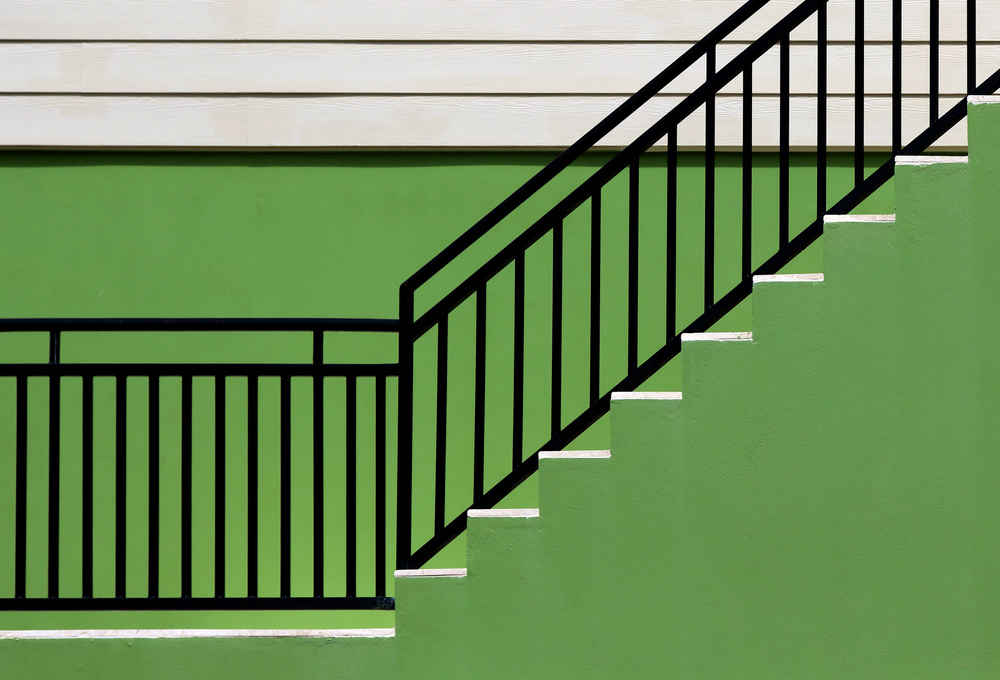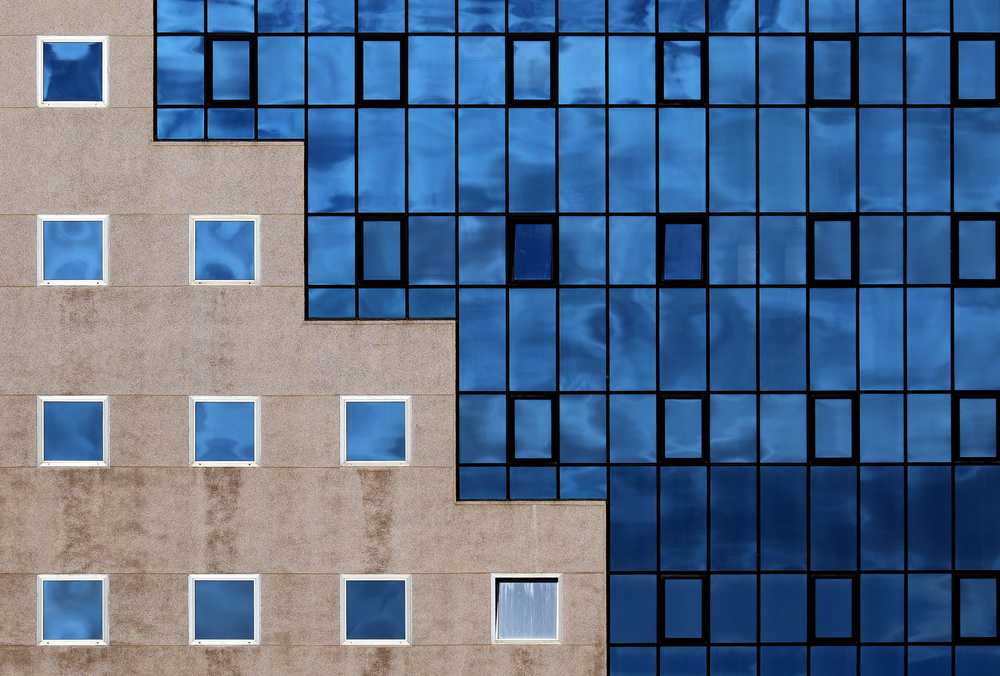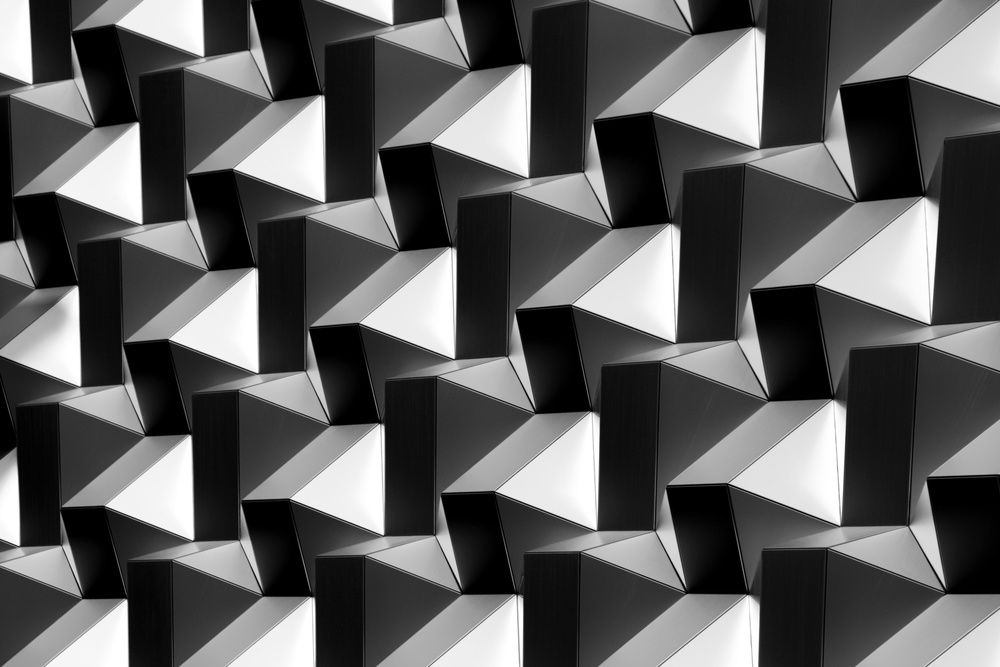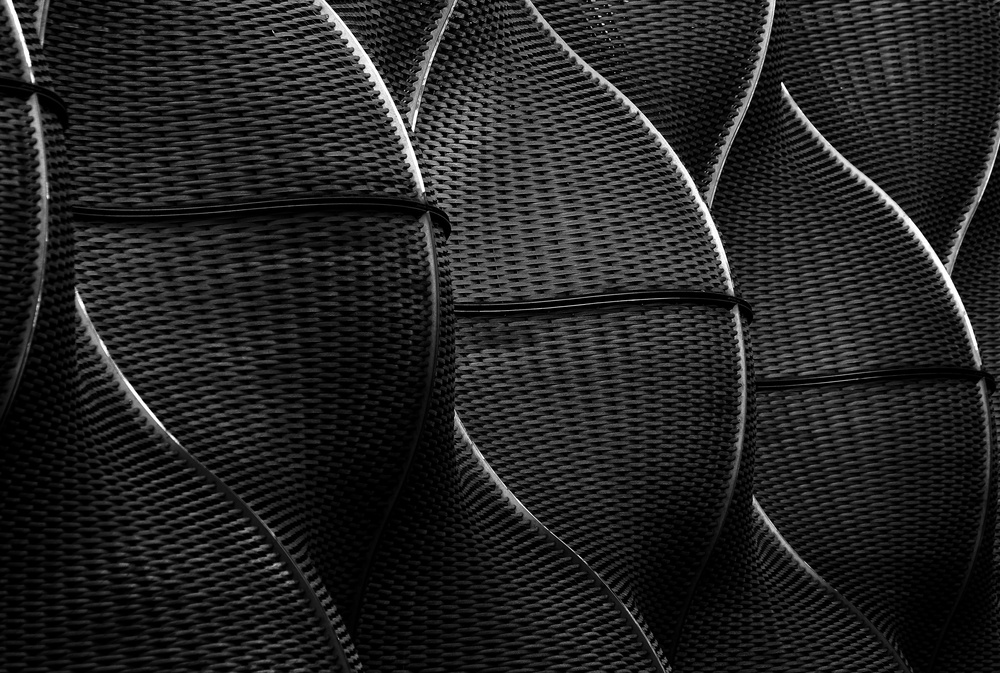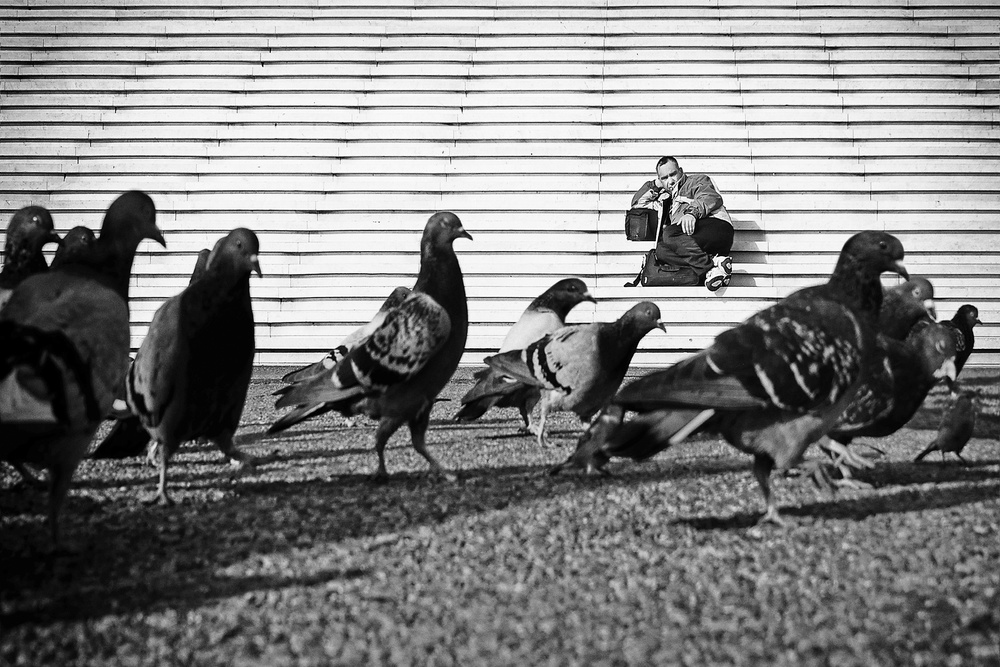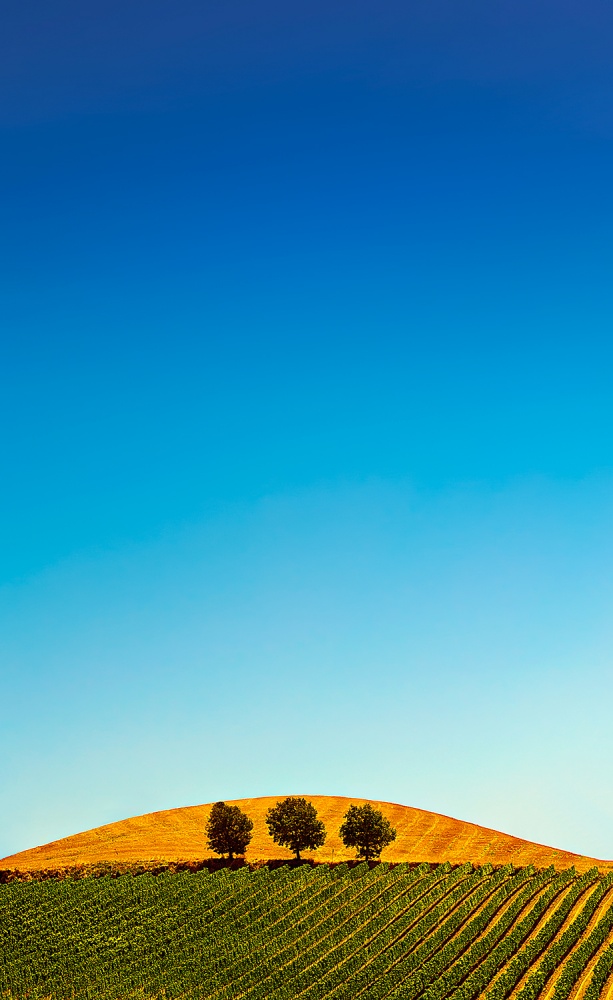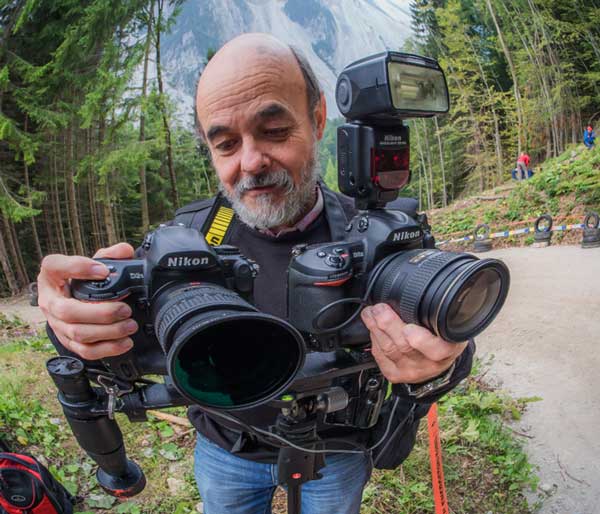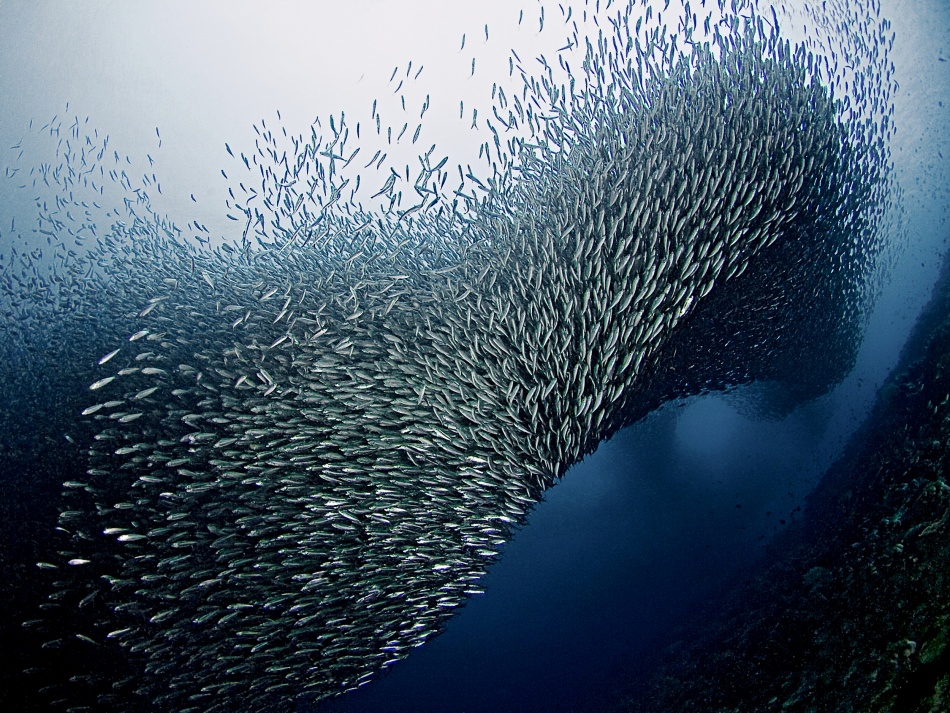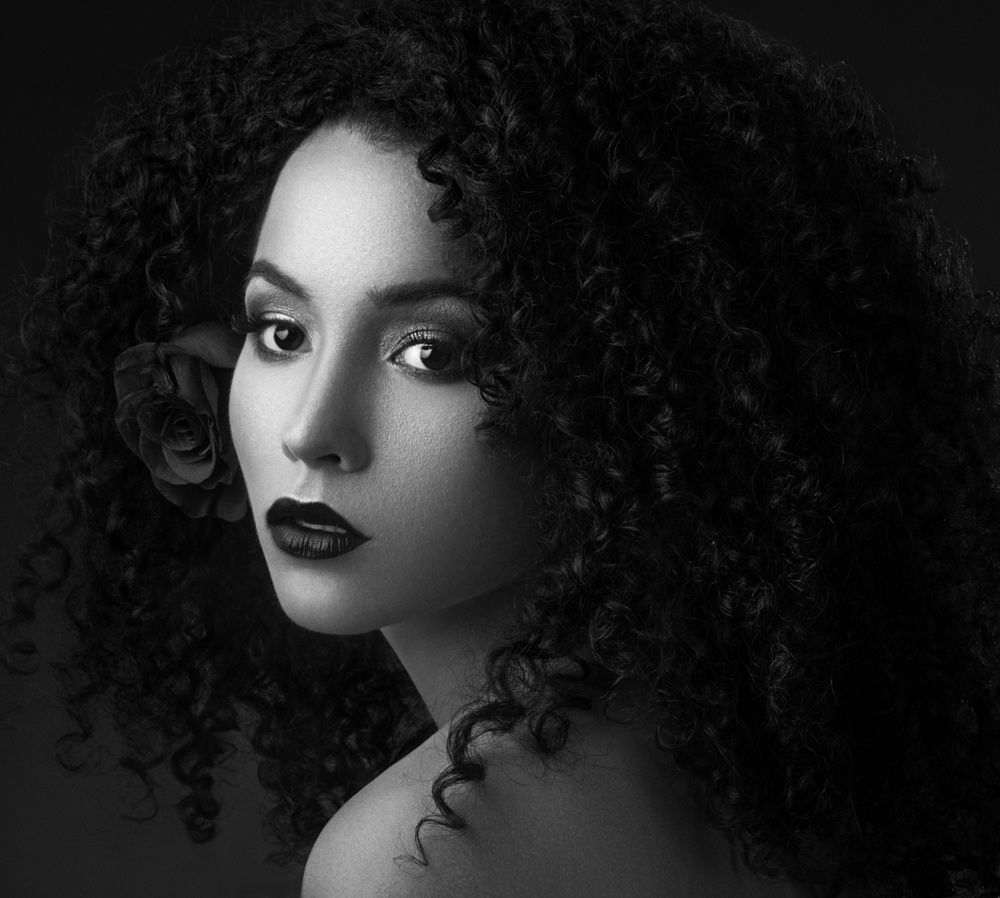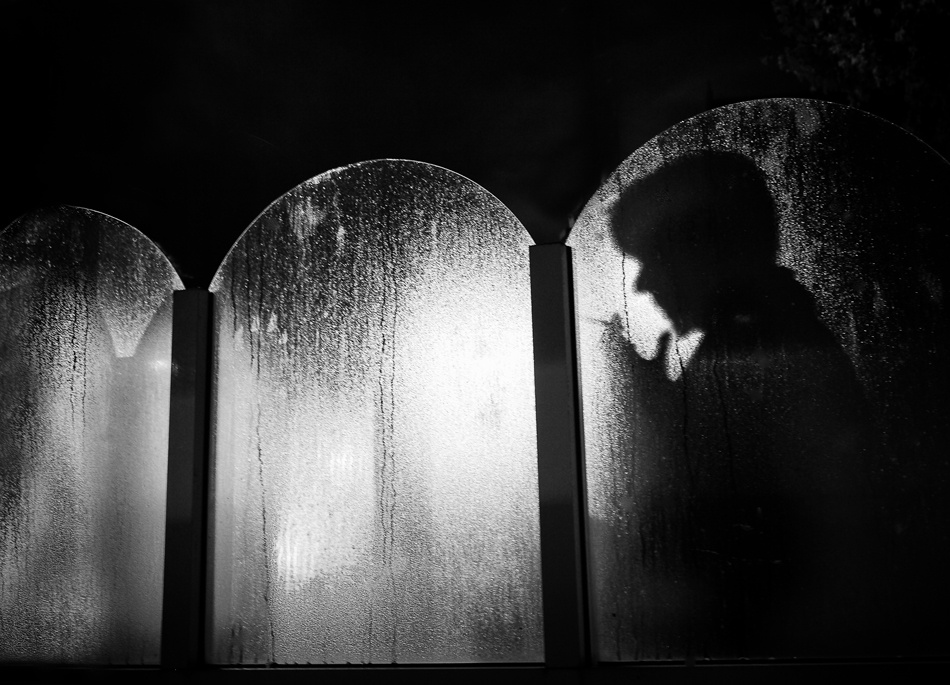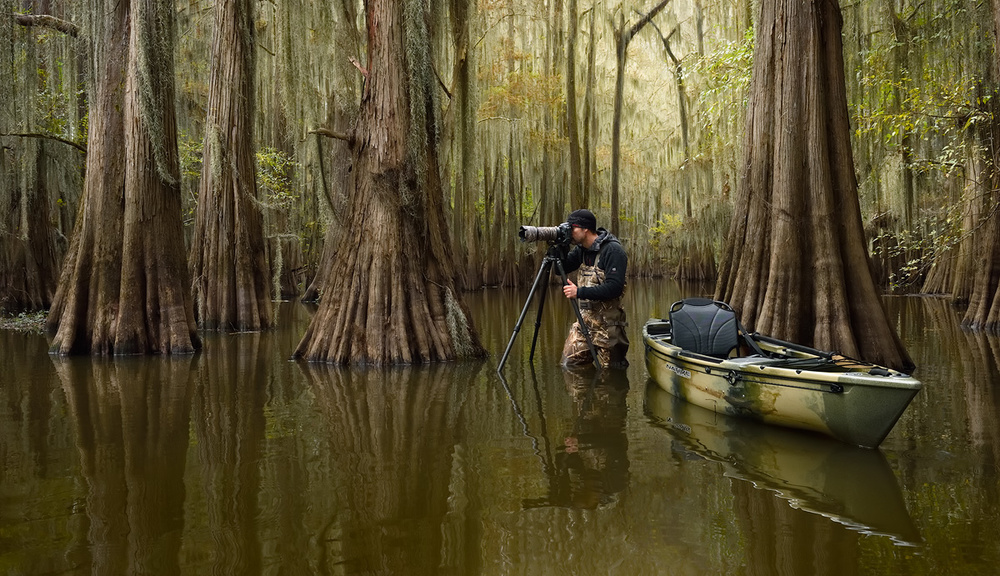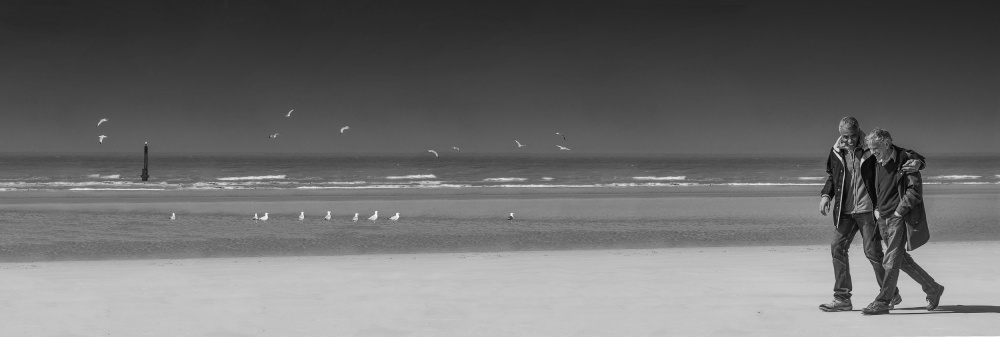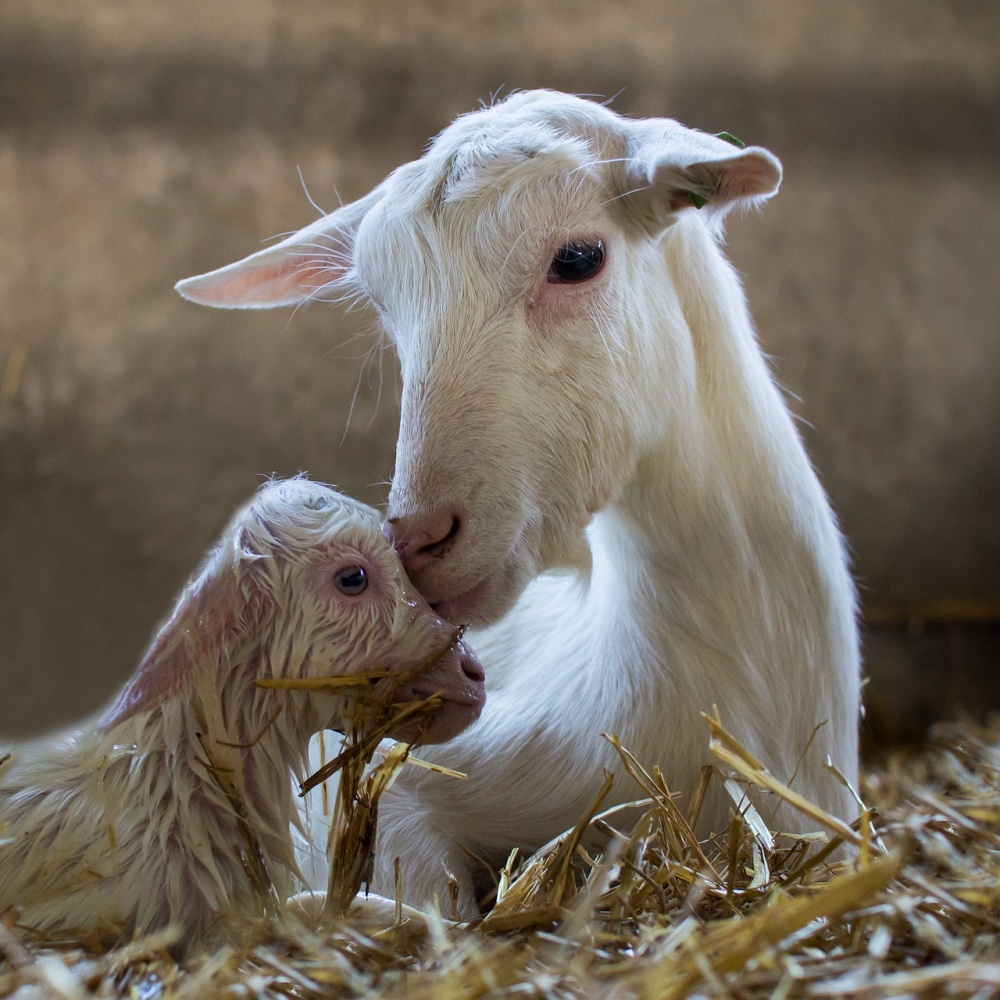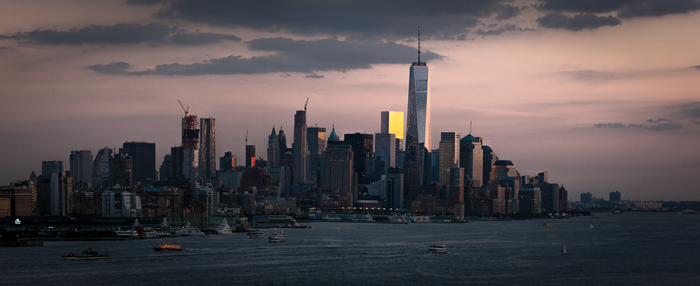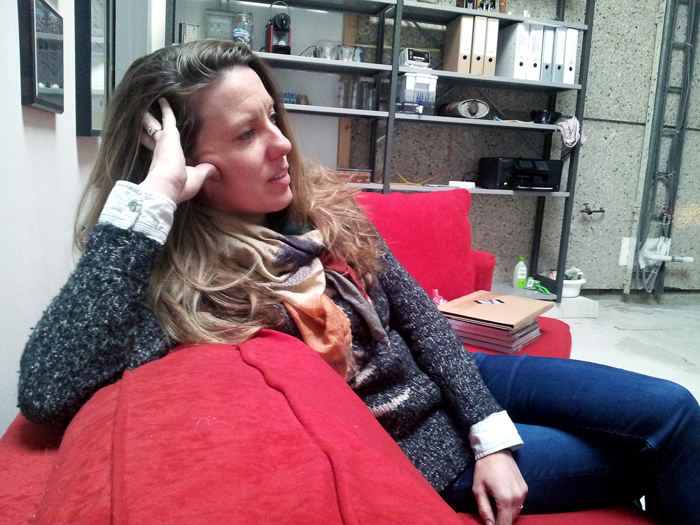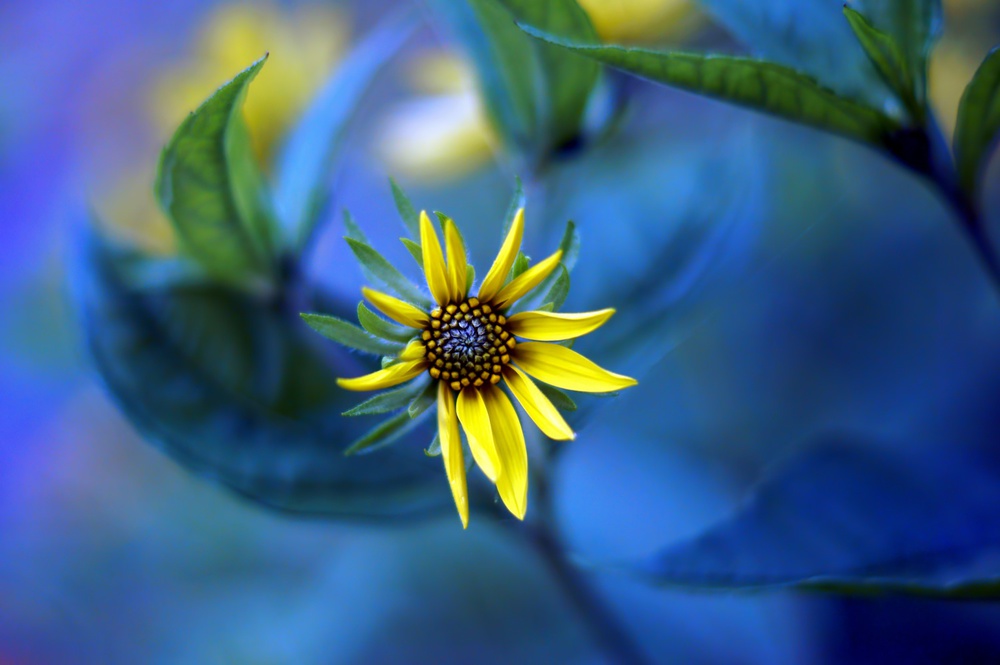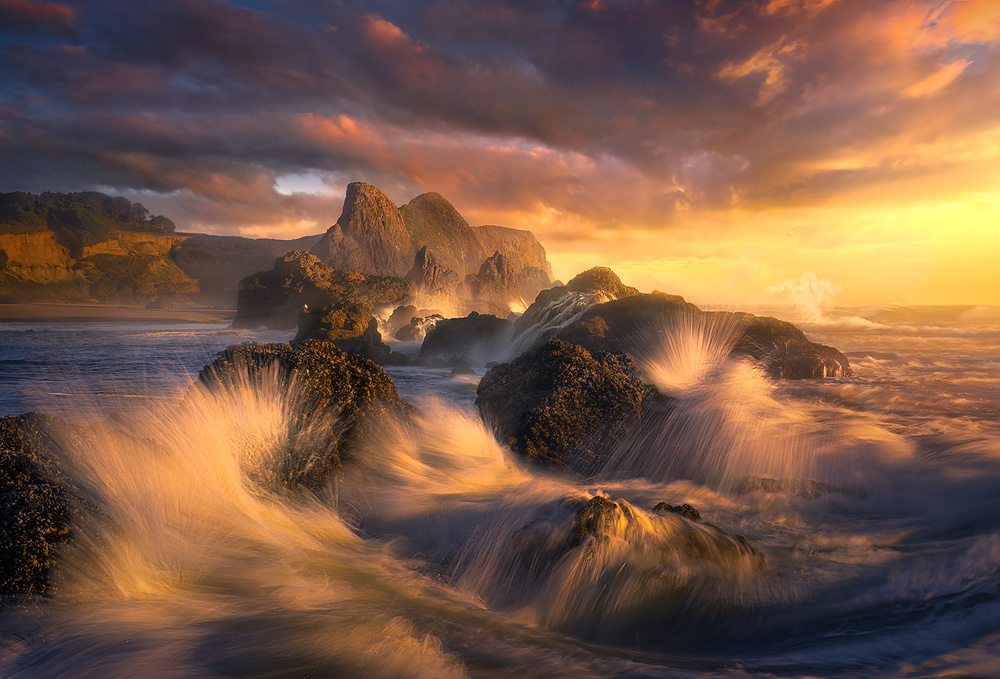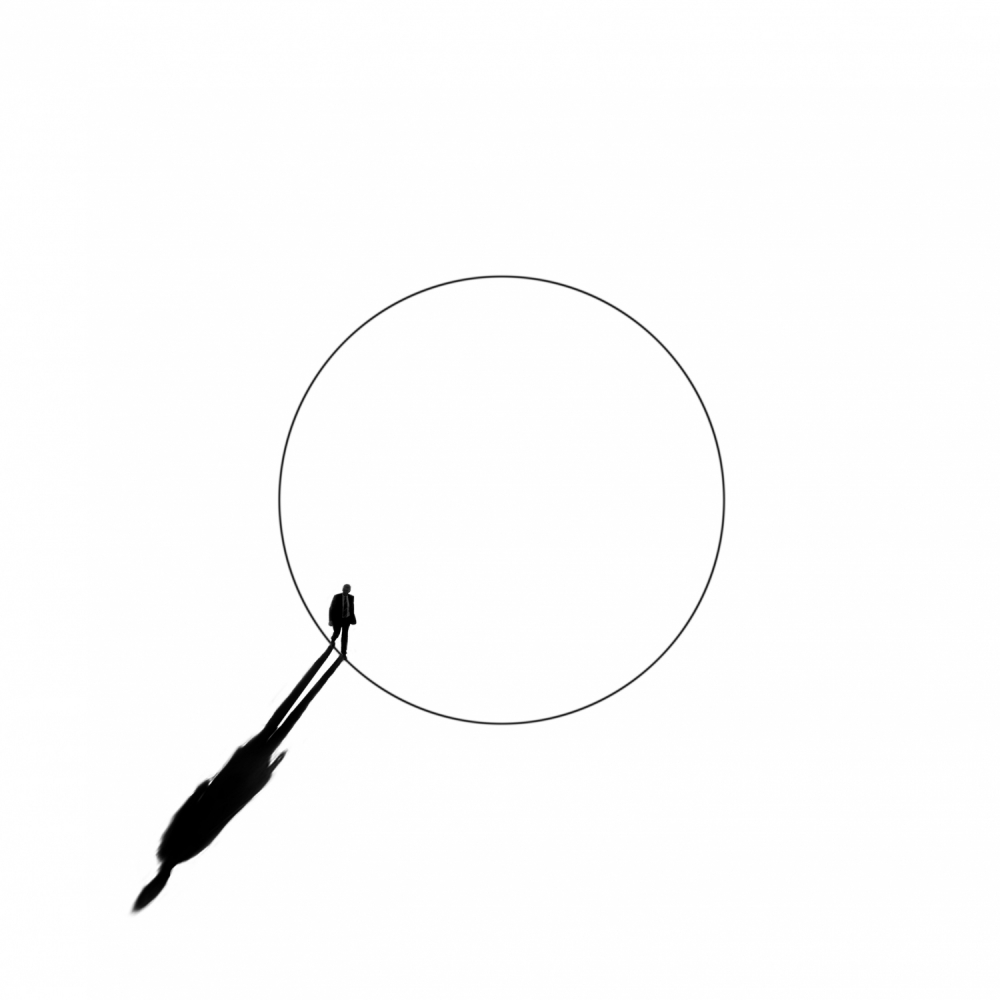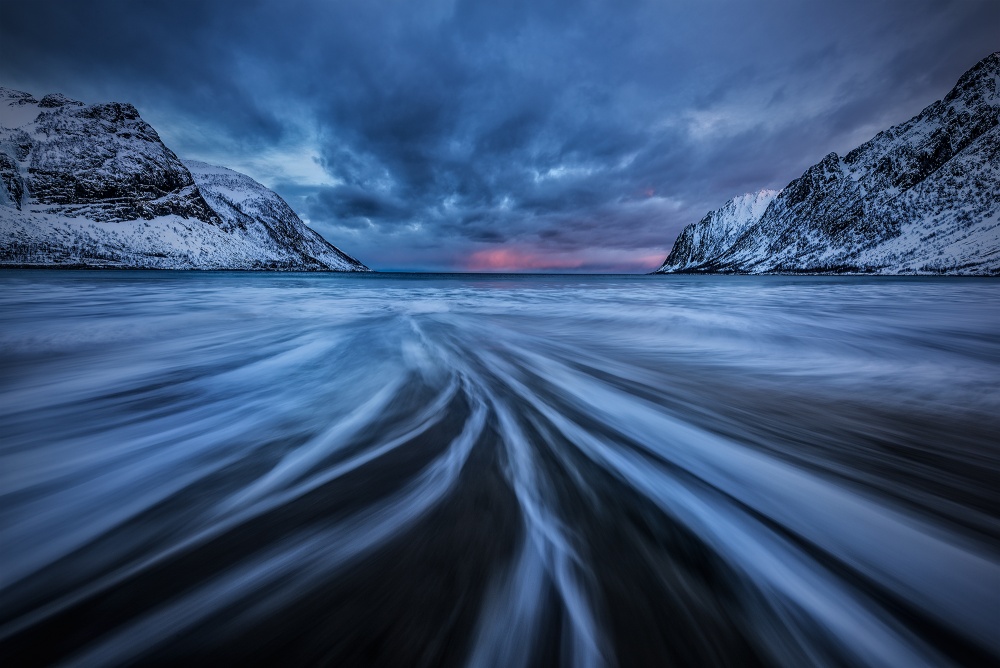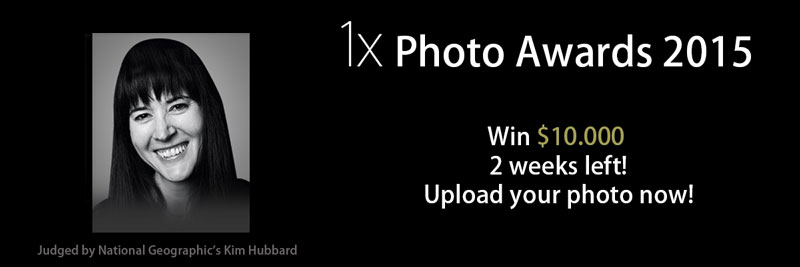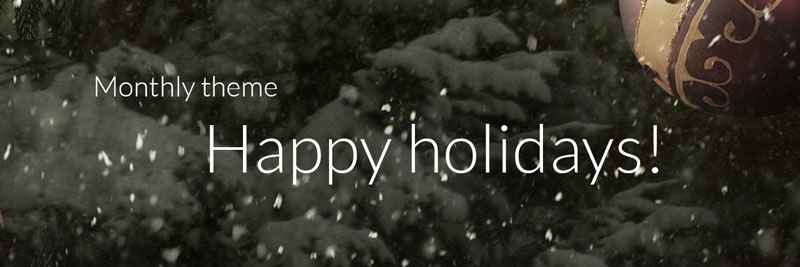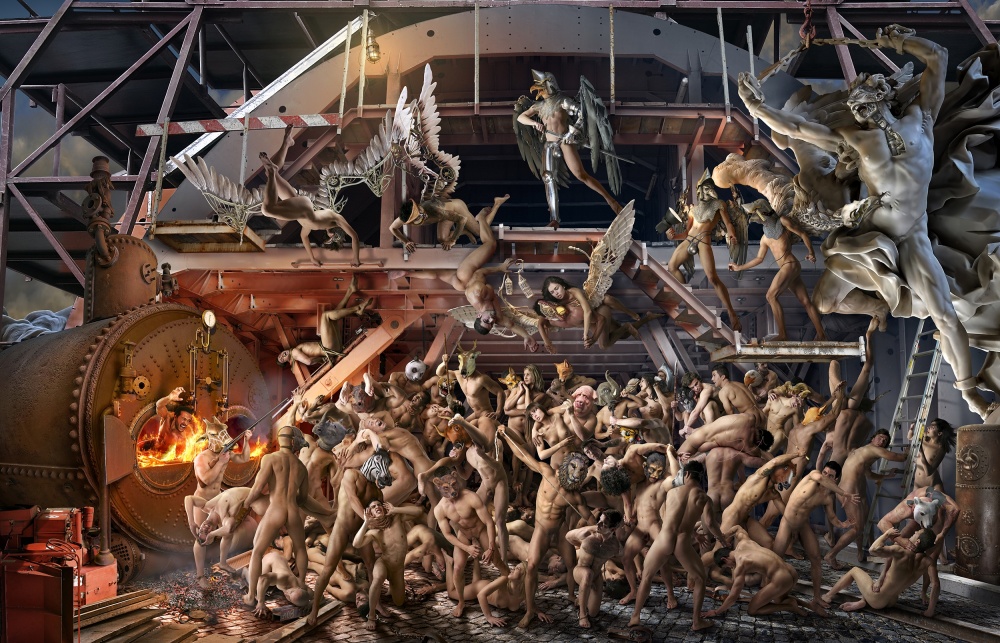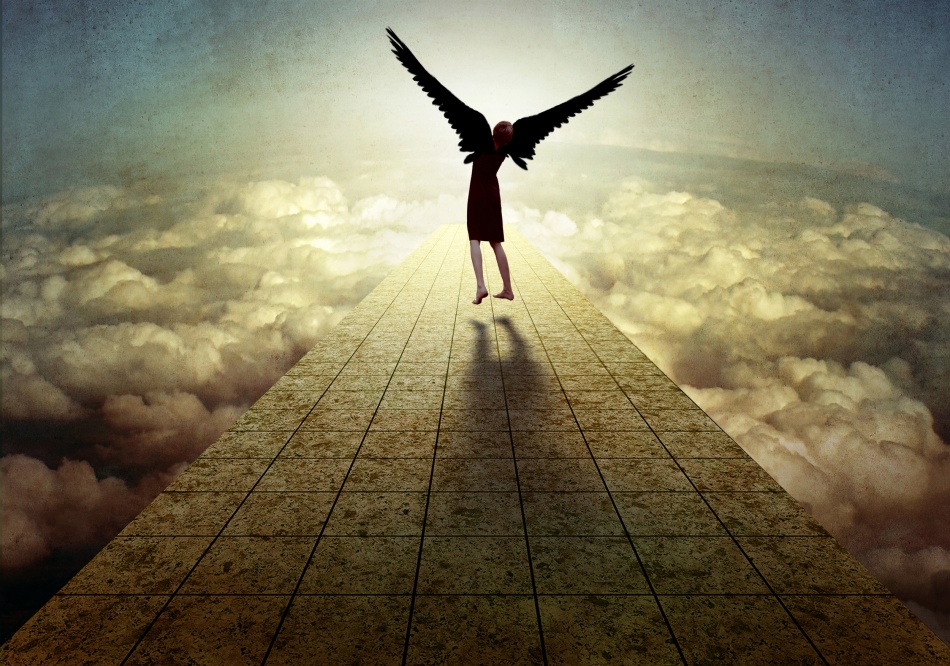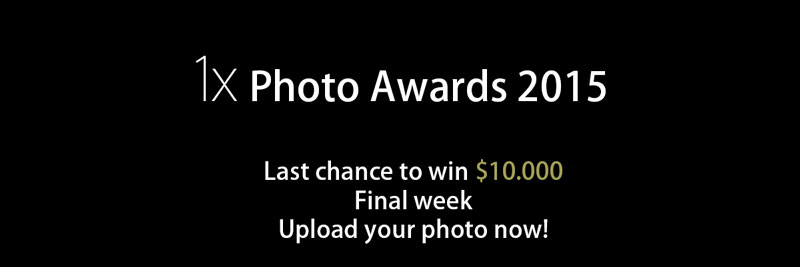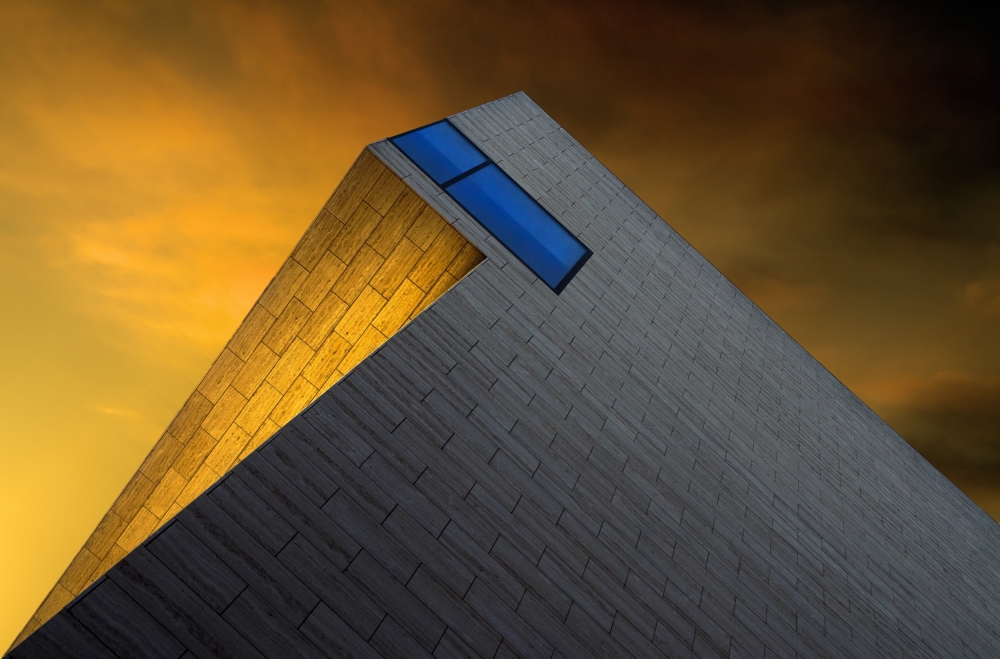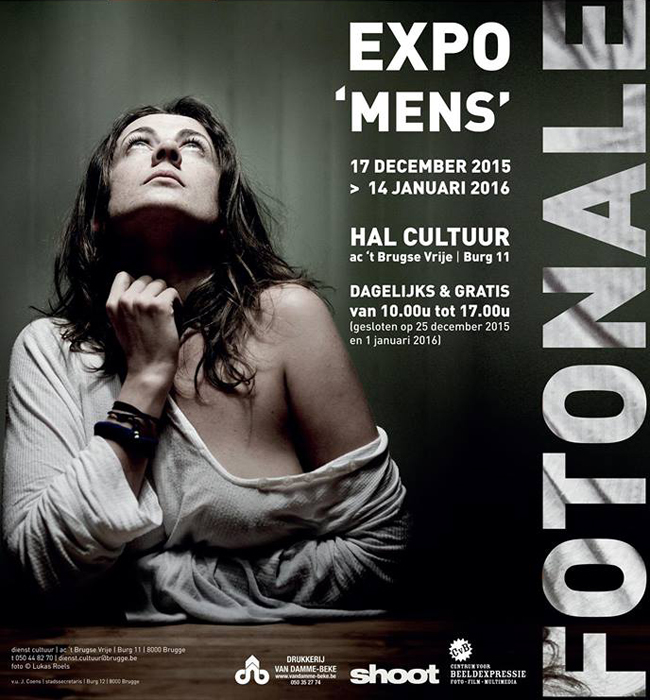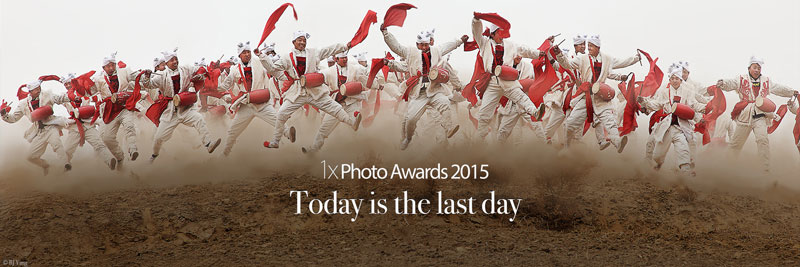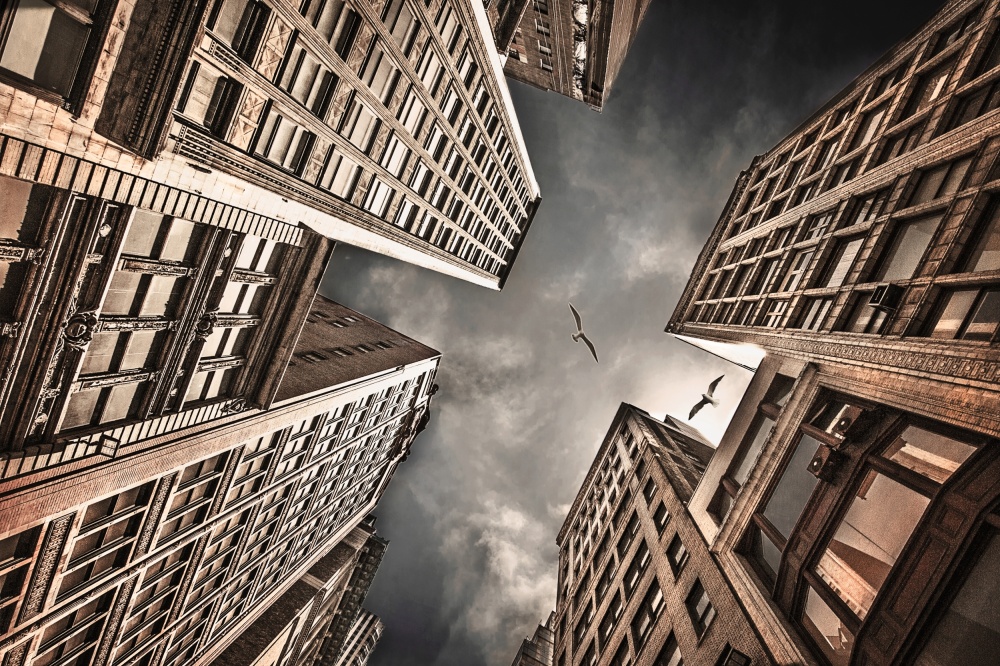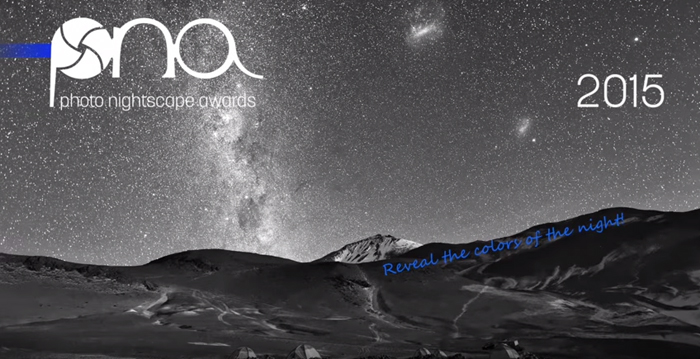Contests
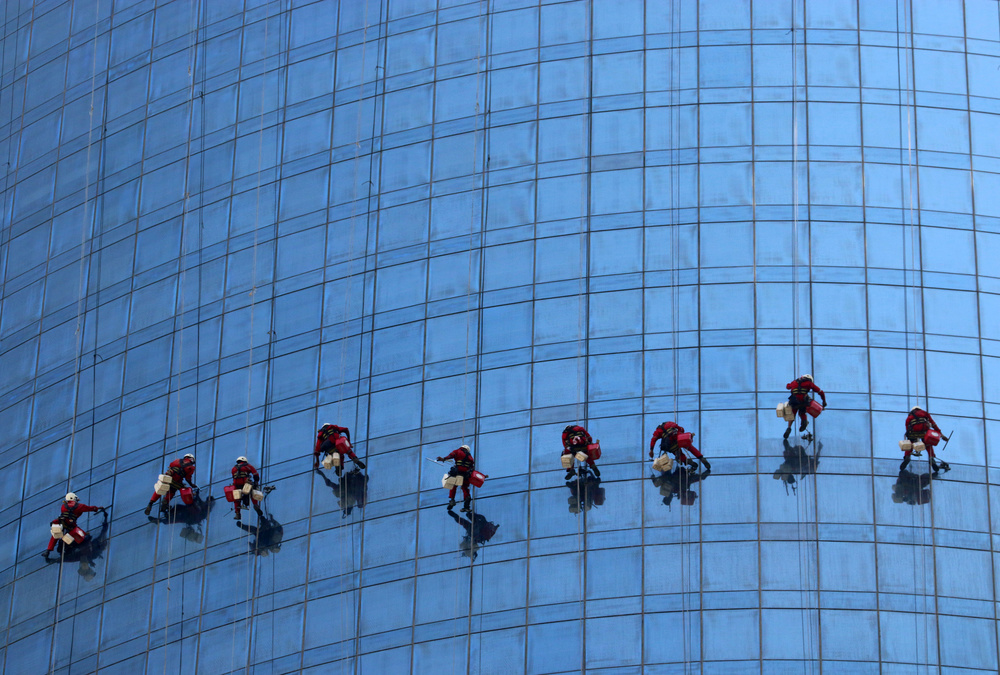
Photographer of the week: Hans-Wolfgang Hawerkamp
1x Blog ContestsHans-Wolfgang Hawerkamp's work covers a large range of subjects. Currently he is more focused on architectural and abstract photography but he also applies his many skills to nature, travel and street photography. Meet the man behind the images and discover more about his personality. Thanks to Yvette Depaepe for conducting the interview.
Briefly tell us about yourself, your hobbies and other jobs.
I was born in 1949 in Winningen, a small town at the Moselle and since 1958 I am living in Düsseldorf. My home town is located in the north-west area of Germany. After my graduation from high school I worked first in my occupation as a specialist in High Fidelity equipment and then supported internet shops from 1998 until 2013. In 2014 I retired and I am now a pensioner. I spent my time with travelling, reading, listening to rock-music and most of my time with photography.
How has your history and life experiences affected your photography?
Which are your most important experiences that have influenced your art? What first attracted you to photography?
I started with my interest in photography in 1980. From a friend I bought a used Praktika SLR and after a short time I realized that photography will be an important part of my life. The first 5 years I was mainly interested in BW and Colour-Prints and often changed our bathroom into a darkroom. Developing films by myself had been an exciting thrill for me. But the problem was that colour-printing was to expensive (I normally used Cibachrome) and in 1985 I decided to use colorslides in future. After successfully participating in several national competitions, I decided in 1985 to participate in international photographic salons and specifically in the sections of colour slide, nature slides and travel photography. As an active competition photographer since 1985 I gained 1400 acceptances with more than 200 different pictures in several international competitions until 1999 and had won 166 prizes. I was awarded three times with the PSA Gold medal for the best slide in an international photo salon. Over the past 30 years I had been a member of the Photographic Society of America (PSA), the DVF (German Association of Photography) and the Royal Photographic Society of England. I was awarded with the EFIAP from the FIAP (Excellence), an ARPS (Associate) from the Royal Photographic Society of England and a PPSA (Proficiency) of the Photographic Society of America.
What gear do you use (camera, lenses, bag)?
Over the past 15 years I took my pictures with a digital camera, first with Olympus E10, then with Canon digital SLR cameras. My actual equipment: Two Canon EOS 7 D II and a Sony RX 100-4 and lenses from 10-400 mm. Most of my pictures are taken with the Canon 1:4-5.6 70-300 mm L lens. Sometimes I use a Manfrotto monopod. Tripods I don´t like, because I always want to be free and movable. An important tool for me is the polarizing filter. For pictures inside I use a 10-22 mm lens or a 1:2.8 17-55 mm lens.
Describe your overall photographic vision. What is more important to you, the mood,story behind your images or the technical perfection?
My vision is that my pictures would evoke enthusiasm with the observer. I think that perfect technical finish is not so important, more than the content of a picture and the expression. I prefer “viewing” over “storytelling” pictures (most of which one will find in street photography). I like also the sports factor of photographic competitions. Therefore I have often participated in 1x Group Galleries. I am totally happy when rejected pictures will be featured in one of the galleries.
Why are you so drawn by architecture and abstract photography?
Generally I can say that I take pictures from everything that interests me. However my main focus to create interesting images is on a strong graphical effect. For that reason, I am always searching abstract things or modern architecture with impactful colour contrasts, if possible with only two colours and with strong graphical structures. Most of my pictures are strong details of architecture and therefore I am often using a tele-lens (90% of my pictures). On the other side, I like taking pictures based on repeating patterns or shadows that are impressive. Normally you will find this in architecture or landscapes. Another important factor is the point of view in my pictures. I always try to find an unusual POV that will surprise most of the viewers. In the case of landscape photography, I try to create pictures with an impressive play of lights and contrasts. Most of my landscape pictures are admittedly presented in B&W.
What software do you use to process your images?
At least for presenting the picture I prefer a minimalist effect, with exact framing and deep, but not extreme colours. For finishing my pictures, I use Adobe Lightroom 5, Photoshop Elements 14 and Nik Color Efex Pro 4 and Nik Silver Efex Pro 2.
Do you prepare carefully the locations where you are intending to photograph?
Most of my photographic subjects I find near my home-town of Düsseldorf or while travelling through different parts of the world. The selections of my travel destinations are always depending upon photographic importance. My famous destinations are Africa with South-Africa, Namibia and Botswana. Other famous destinations had been India and Myanmar. Most of my graphical photo subjects I found in big cities such as New York, London, Dubai, Berlin and so on. But New York is my absolutely favourite city because of its wonderful atmosphere. In Dubai I like so much the various kinds if architecture undo the remarkable skyscrapers. Often I had to return to a location because I did need a special lighting situation.
When I started in photography I consumed a lot of photo magazines und books. That makes your eye clear to realize and identify interesting photographic subjects. Than it is important not to copy ones style but to develop an own style. The best compliment I sometimes have received was: “That is a real Hawerkamp”. That it is what I will give beginners on their way to successful photography.
Who are your favourite photographers and more importantly, how has your appreciation of their work affected how you approach your own photography?
I have a lot of favourite photographers, in the 80`s Franco Fontana, Francisco Hidalgo and Ansel Adams. Actually some photographers of the 1x have an influence in my work. Gilbert Claes (gilclaes)and Stefan Krebs (esskey) with their excellent graphical work I want to mention here. I am an admirer of the perfectly processed B&W pictures of Jose C. Lobato (ariasgonzalo) and furthermore the very creative work of Carla DLM (carlidlm) and Sol Marrades (solmarrades). I like the still life pictures of Delphine Devos (delphine) and the lovely dog pictures of Nuelle Flipse (nuelle). Unfortunately I cannot mention all photographers who influenced me.
Are there any specific directions in which you would like to take your photography in the future or any specific goals that you wish to achieve?
Actually I try to improve my style in creative photography. It means multi-layer processing with applying different filters and textures.
Describe your favourite photograph taken by you and why it is special to you? (Feel free to add the link even if it is not in your portfolio).
My own favourite picture is definitively “Twisted II”.
It has a wide range of tones and wonderful swinging curves. 31 members like this picture too. Unfortunately it is one of my not published pictures.

